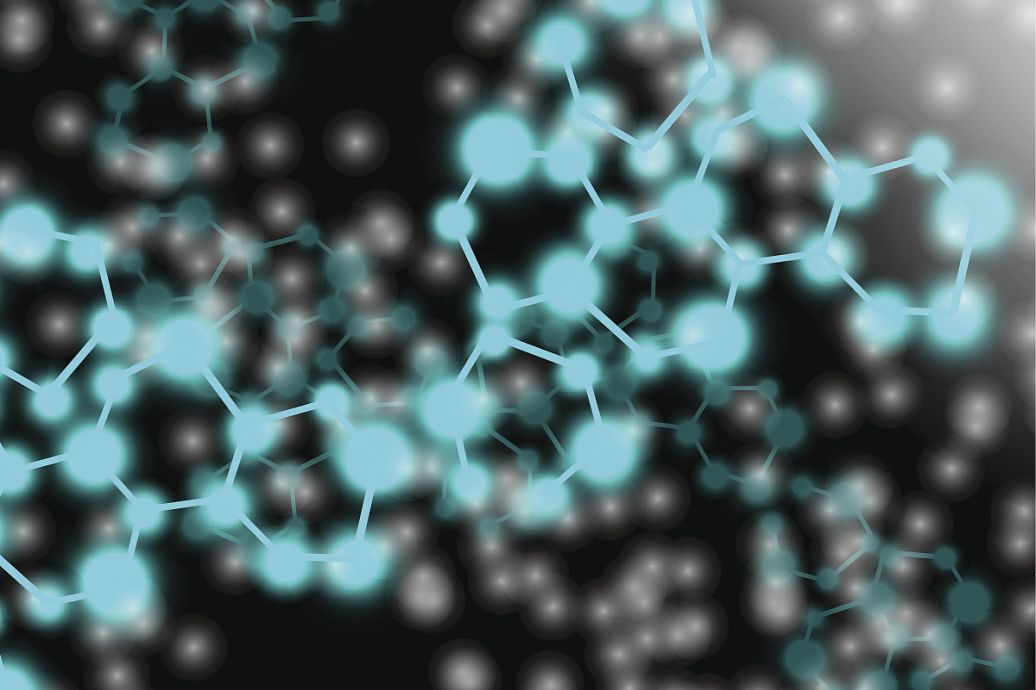Silver nanoparticle(SNP) has the advantages of high efficiency, broad spectrum, resistance to drugs, and high safety. It is a hot spot in the current research on antibacterial materials. However, there are still different views on the understanding of SNP antibacterial agents, and further in-depth research is still continuing.
SNP exerts an antibacterial effect by affecting the living environment of bacteria.
In the solution, under the synergistic effect of oxygen and protons, SNP releases silver ions or is oxidized by oxygen to form nano-silver oxide and then release silver ions, exerting an antibacterial effect.
Some studies believe that SNP itself has no effect on bacteria, and the inhibitory effect stems from the release of silver ions and strictly depends on the oxygen concentration.
SNP exerts an antibacterial effect by destroying the cell wall.
Silver ions and SNPs carry positive charges through electrostatic attraction between the negatively charged bacterial proteins and adsorb on the cell membrane. Due to its high surface energy and dispersibility, chemical interaction between SNP and cell wall occurs and destroys the integrity of the cell wall. It is particularly obvious in the electron-enriched parts of the cell wall. Causes the loss of normal cell wall functions such as nutrient penetration.
SNP exerts antibacterial effect by inhibiting DNA replication.
SNP and silver ions bind to the DNA of the nucleus, nucleus and mitochondria containing a large number of electron-donating atoms to inhibit DNA replication and even lose the ability to replicate.

SNP exerts an antibacterial effect by inhibiting enzymatic respiration.
Many studies believe that SNP's inhibition of bacterial respiration is another antibacterial method, which involves reducing the oxygen concentration inside and outside the bacteria and directly acting on the enzymes related to respiration and ATP production.
The process of SNP dissolving and releasing silver ions consumes oxygen, and the solubility of oxygen in the bacterial environment and the bacterial body is reduced, which effectively inhibits bacterial respiration.
SNP exerts an antibacterial effect by inhibiting the activity of other enzymes.
When SNP enters the cell, due to electrostatic attraction, it first combines with the negatively charged enzymes, proteome or organelles and lipids in the cell. It then combines with the electron donors (L-cysteine, etc.) in the enzyme such as sulfur, oxygen and hydrogen, and even replaces the metal ions in the enzyme, resulting in inactivation or even inactivation of the enzyme activity. In wound adjuvants, SNP inhibits the degradation of growth factors by inhibiting matrix metalloproteinases and improves wound healing speed.
To sum up, SNP is partially dissolved in the solution to release silver ions. SNP and silver ions are anchored to the negatively charged functional groups on the bacterial cell wall. The functional protein is affected by silver, and the bacterial cell wall and cell membrane structure changes. Dysfunction, especially changing the permeability of the membrane, enters the cytoplasm and causes the loss of bacterial nutrients. Silver damages the DNA structure in the cytoplasm, inhibits its replication and respiratory chain enzymes and other related activities, and ultimately leads to bacterial inactivation. However, due to the presence of oxygen in the actual environment, SNP changes involve complex biochemical processes, including the aggregation of SNPs, the release of silver ions, the complexation of silver ions with organics, and the balance of dissolution and precipitation. The antibacterial process of SNPs still needs further progress. the study.


